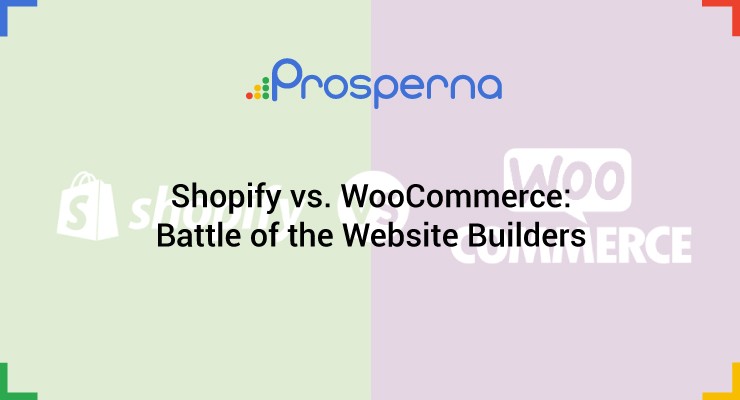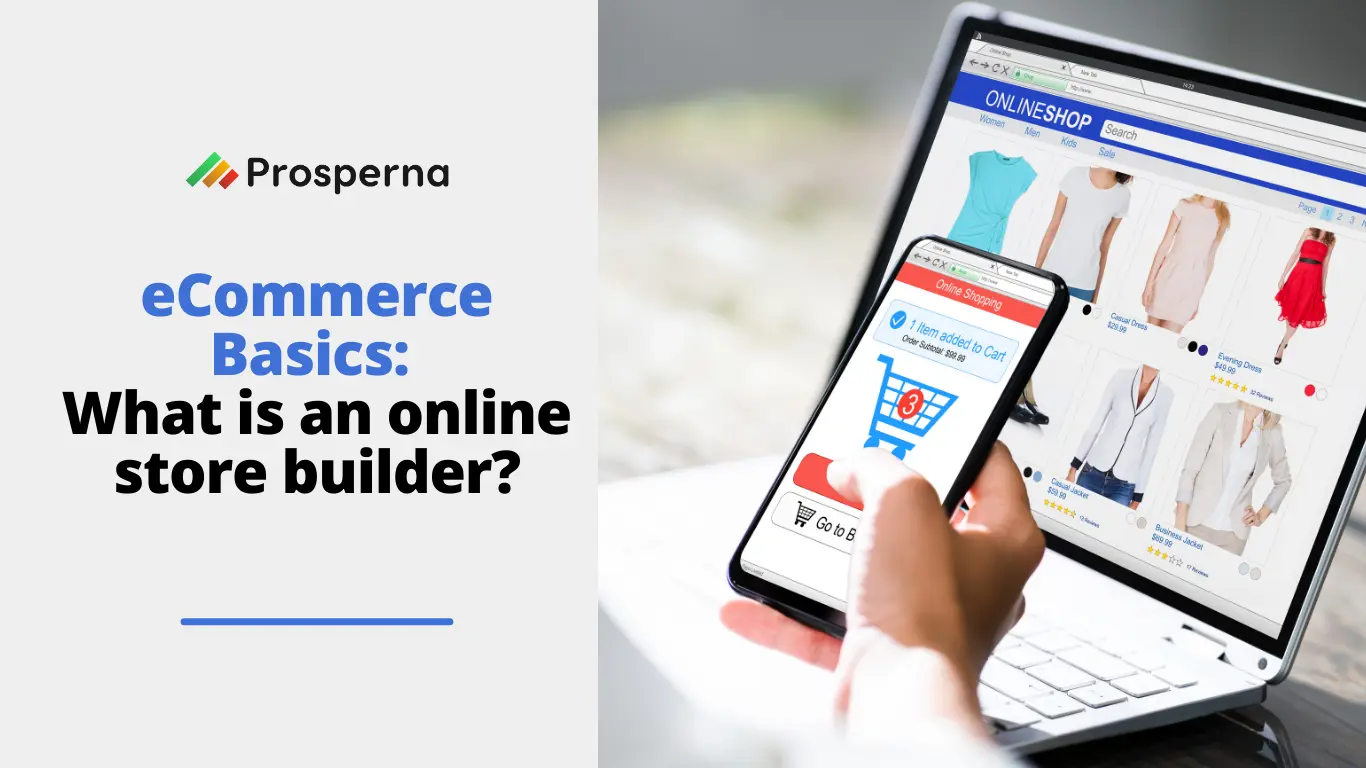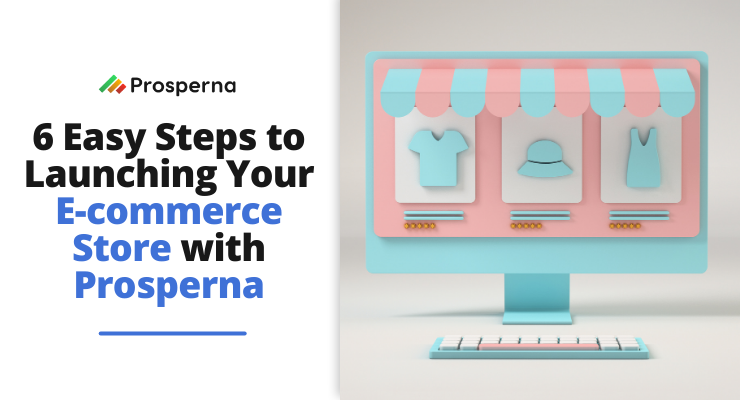Shopify vs. WooCommerce: which website builder proves better than the other? 59% of the world population are identified as digital consumers.
That’s estimated as 4.7 out of the almost 8 billion people!
With that said, it’s only wise for companies to build a website with an online store to market and sell.
So, how do you know when you’ve found the best?
There’s a lot of options available when it comes to creating your online presence, so it usually comes down to comparing different website builders.
Lately, “Shopify vs. WooCommerce” has become a popular topic for businesses considering an online store for their website.
Do you want to know how they’ve reached where they are today and why companies are asking these questions?
Read on to find the answers.
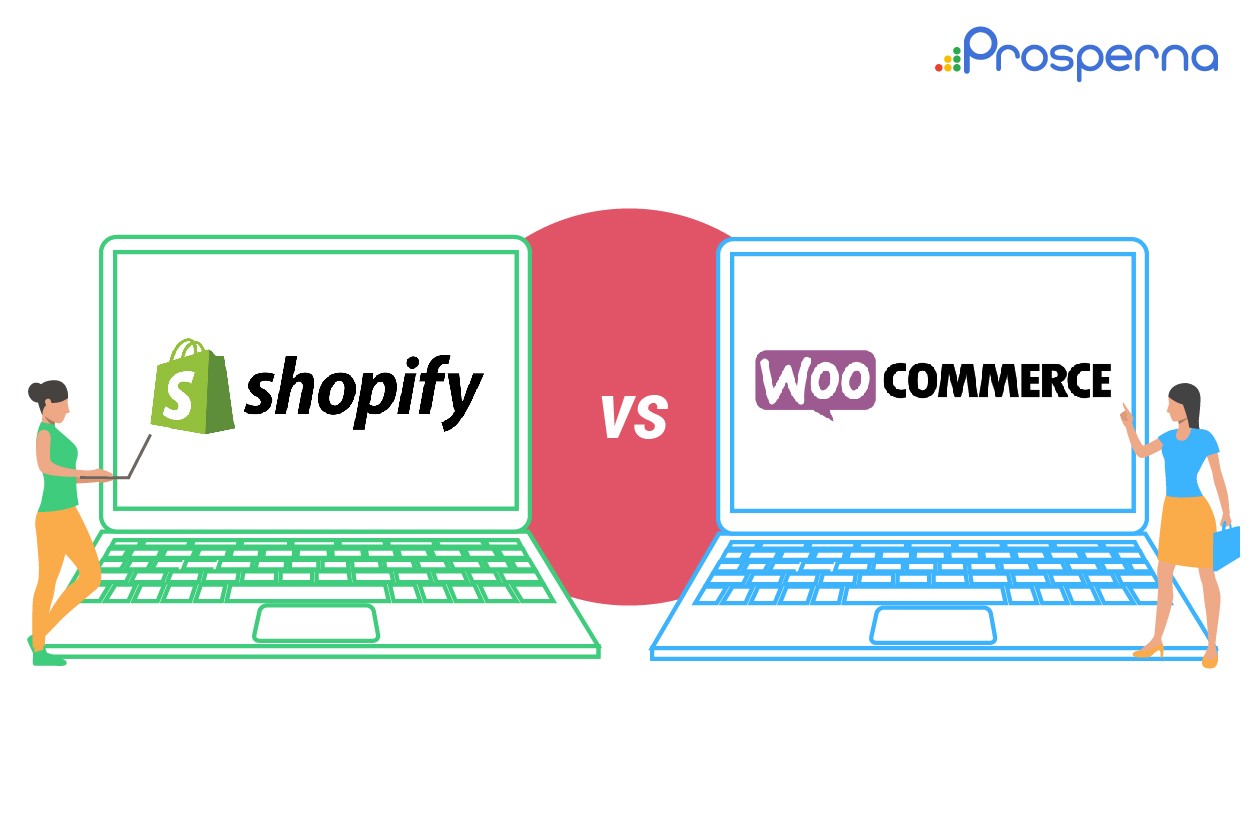
About the Contenders
Based on statistics, the two platforms served their own impact toward the eCommerce industry all over the world despite coming from two different countries.
Shopify
Slogan: “You’ve got the will. We’ve got the way.”
Shopify Inc. is a Canadian multinational e-commerce company headquartered in Ottawa, Ontario. It is also the name of its proprietary E-Commerce platform for online stores and retail point-of-sale systems.
With almost a million companies worldwide using Shopify to build their stores, they rank third among ecommerce platforms in the market for having a share of 20%.
To date, they have reached the one-billion mark in terms of orders processed by the system and is expected to grow in the years to come, particularly in countries like:
- China
- United States
- France
- Australia
- Russia
- Canada
- Germany
- United Kingdom
- Japan
- South Korea
WooCommerce
Slogan: N/A
WooCommerce is an open-source ecommerce plugin for WordPress. It is designed for small to large-sized online merchants using WordPress. Launched on September 27, 2011 by US-based company Automattic, the plugin quickly became popular for its simplicity to install and customize and free base product.
As of 2020, there are almost 4 million websites using the WooCommerce plugin, making this ecommerce platform the largest market share in the world at 26%.
This is a trend that shows continuous growth among companies of all sizes, given that leading online stores have bigger budgets with bespoke solutions and coming from wealthier economies like the U.S.A, U.K. and Australia.
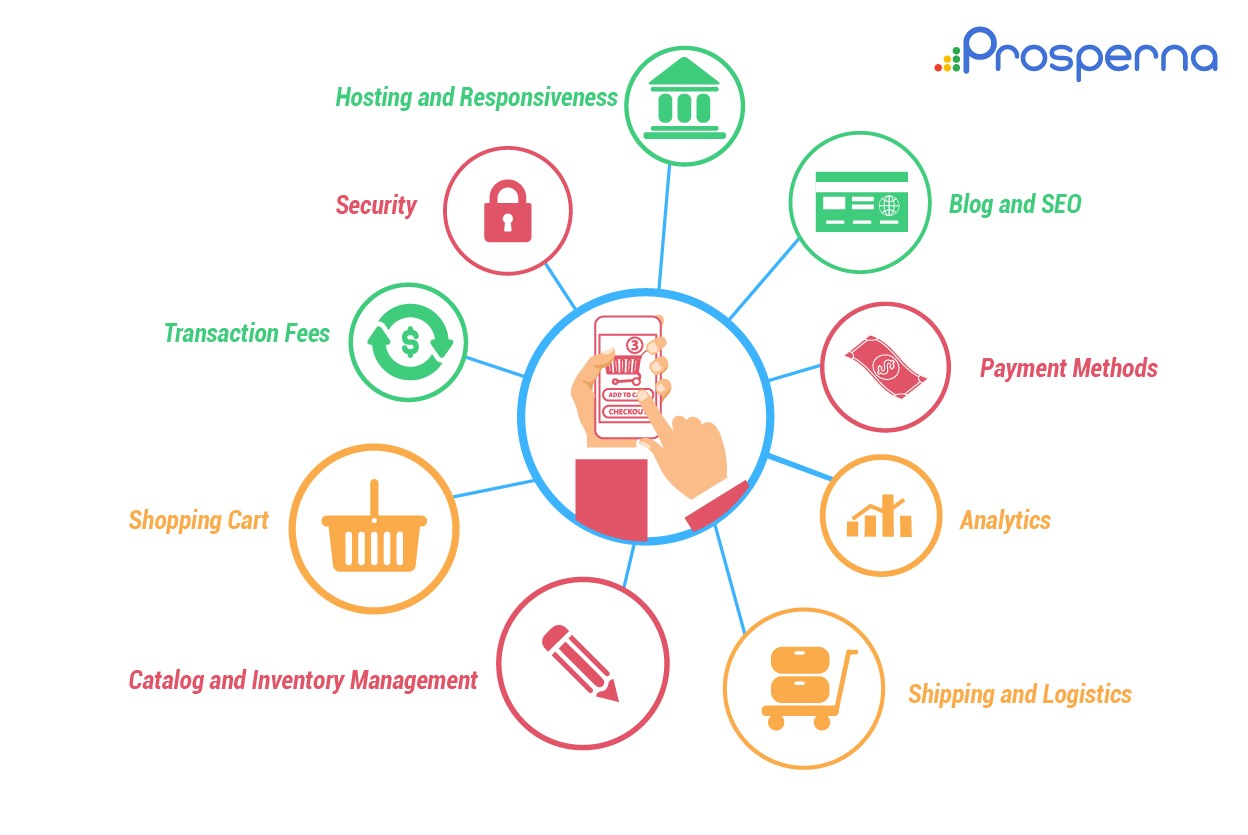
Metrics of Comparison
Through the help of existing research and information, we’ll compare these two platforms to provide answers to the following questions:
- What services do these platforms offer? (Website and Online Store Features)
- Hosting & Responsiveness
- Security
- Shopping Cart
- Payment Methods
- Shipping and Logistics
- Inventory Management
- Blog & SEO
- Analytics
- Transaction Fees
- Discount & Vouchers
- HD Photos & Videos
- Online Chats
- User Reviews
- How much do they charge? (Pricing plans and budget range)
- What is the extent of customizing solutions?
- Is it easy to navigate, control and manage? (User Experience)
- Is migration from a listing platform to a website possible?
- Are websites omnichannel? (Other Marketplace and Social Media)
- Who is the target market/audience of each platform?
- How responsive is the customer support?
- What do existing users think? (Customer Reviews)

Shopify
Create and manage your online store by yourself through Shopify’s eCommerce website builder.
Features
- Storefront
- Themes
- Branding And Custom Templates
- Mobile-ready
- Edit Html And Css
- Free Subdomain Or Purchase Your Own
- Work With Shopify Experts
- Web-based
- Full Blogging Platform
- Shopping Cart
- Free Ssl Certificate
- Automatic Carrier Shipping Rates
- Multiple Payment Gateways
- Offer Free Shipping Or Flexible Rates
- Abandoned Checkout Recovery
- Automatic Taxes
- Multiple Languages
- Store Management
- Customer Profiles
- Customer Accounts
- Customer Groups
- Fulfillment Centers
- Dropshipping
- Refunds
- Manage On-the-go
- Email Templates
- Order Fulfillment
- Marketing & SEO
- Search Engine Optimized
- Generated Sitemap.Xml
- Discounts
- Gift Cards
- Product Reviews
- Sell On Facebook
- Social Media Integration
- Products
- Inventory Management
- Product Variations
- Product Organization
- Digital Products
- Import/Export
- Unlimited Products
- Multiple Images
- SEO Product Tags
- Web Hosting
- Unlimited Bandwidth
- Email Forwarding
- Level-1 Pci Compliant
- Ssl Certificate
- Instant Upgrades
- Analytics
- Dashboard
- Product Reports
- Export Reports
- Google Analytics
- Traffic/Referral Reports
- Mobile App
- Order Fulfillment
- Mobile Dashboard
- Manage Inventory
- Email Or Call Customers
- Data Sync
Pricing Plans
- USD 29.00 (PHP 1,485.00) per month: Basic Shopify – All the basics for starting a new business
- USD 79.00 (PHP 4,000.00) per month: Shopify – Everything you need for a growing business
- USD 299.00 (PHP 15,300.00) per month: Advanced Shopify -Advanced features for scaling your business
Customization– Features and services acquired depend on the packages you acquire. And while your product uploads are unlimited, the only customization you can do is your website design template.
User Experience – Shopify designed their user interface so merchants can manage their stores all by themselves. According to their blog, here are 5 elements of their UI that work to provide a good user experience.
- Interesting Loading Page To Reduce Bounce
- Notification Pop-ups Using Plugins To Avoid Context Switching
- Simplified Onboarding And Setup
- Display Basics, Link To Further Information
- Action Signals To Direct Users What To Do Next
Migration – Shopify features an Import Tool to make it easy to migrate your online store from another service like WooCommerce, into their system.
Omnichannel Integration – Shopify offers Shopify POS that integrates the online store with their offline, physical store. There is also the option to sell on other social media platforms, depending on your monthly subscription.
Targeted For – Companies that self-manage their online selling and are looking for a quick entry to the Internet marketplace.
24/7 Customer Support
- Support Team
- Help Center
- Shopify Experts
- Discussion Forums
- Ecommerce University
Customer Reviews
| BEST | WORST |
| Praised for features and customer satisfaction | Charges transaction fees for using other payment methods besides Shopify Payments |
| Multiple channel selling (social media and other marketplaces) | Content needs to be reformatted manually when changing themes |
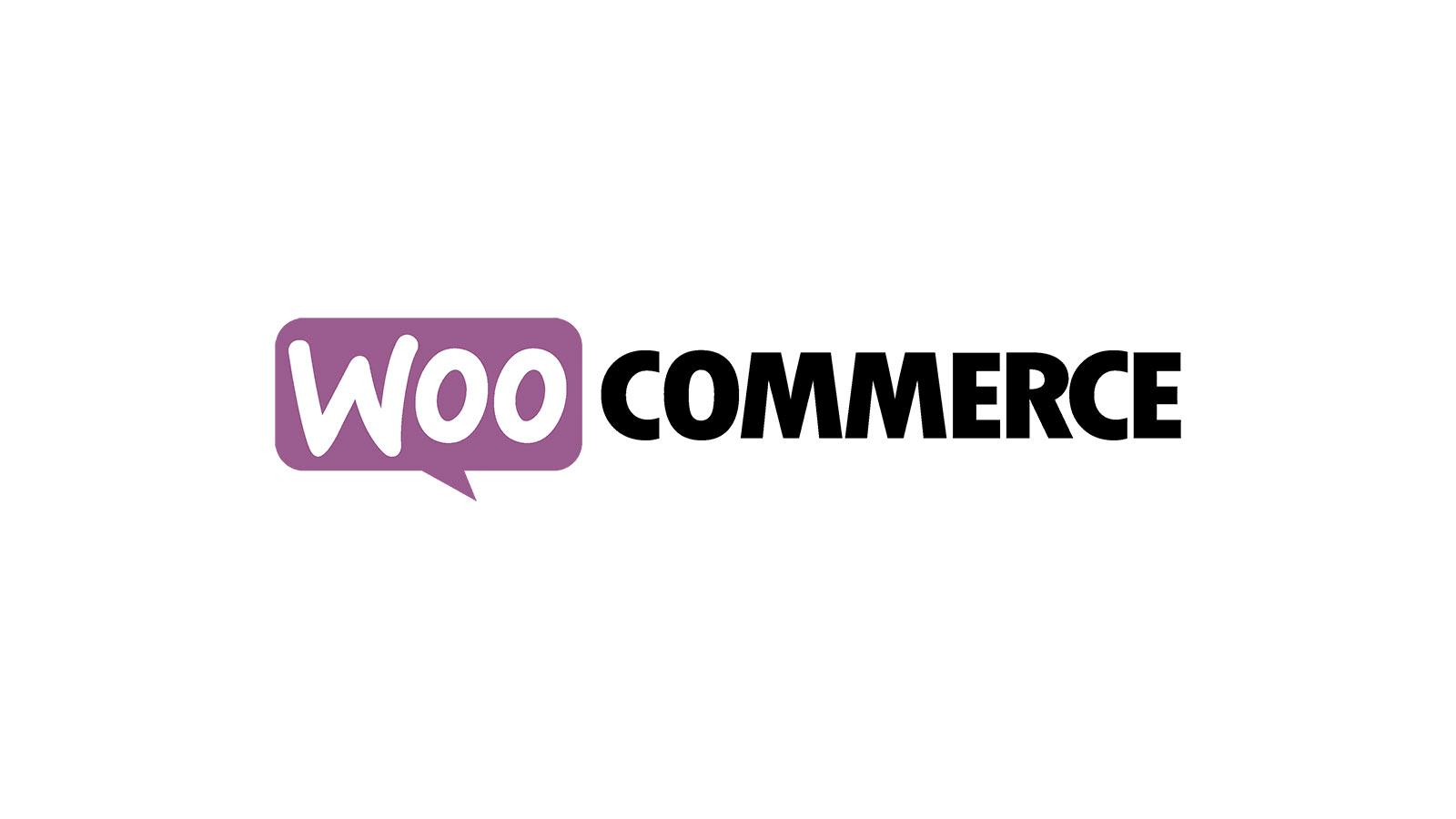
WooCommerce
Open-source software built with bank vault-like security for developers, familiar with coding.
Features
- Web Hosting (Via WordPress)
- Free Subdomain WordPress
- Purchase Your Own
- Content Management
- Built-in Blogging
- Email And Sms Marketing
- SEO
- Embed Products And Landing Pages
- Modular System
- Add Or Remove Features
- Fully-customizable
- Unlimited Products, Variations, Orders And Users
- Images And Galleries
- Countless Themes
- Easy To Import And Export
- Sell Anything
- Tangibles
- Digital Downloads
- Subscriptions
- Extensions
- Shopping Cart
- Payment Methods
- Shipping Providers
- Charge Taxes
- Customer Accounts
- Guest Checkouts
- One-click Refunds
- Documentation
- Reports
- Analytics
- Product Management
- Categorization
- Tags And Attributes
- Sort And Filter
- Product Rating And Reviews
- Store Localization
- Currency
- Language
- Measurement Units
Pricing Plans
- WooCommerce itself is free
- Domain name can cost about USD 12.00 (PHP 600.00) per year
- Hosting Services – USD 5.00 – 25.00 (PHP 250.00 – 1,800.00) per month
- Additional Costs
- Theme about USD 59.00 (PHP 3,000.00)
- Additional Plugins & Extensions USD 25.00 (PHP 1,800.00) each
- Developer Fees – USD 20.00 – 150.00 (PHP 1,000.00 – 7,700.00) per hour
Customization– Since WooCommerce is self-hosted designed for developers, everything is 100% fully customizable for both free and additional fees.
User Experience – While it’s more flexible than Shopify in terms of modifications, it’s not as beginner-friendly. There’s a lot of complicated controls, tabs and pages. So you can be limited in terms of self-management and navigation, without the help of an experienced developer and designer.
Migration– There are tutorials available online on how to import your current online store or start uploading your products into your website, but if it’s not within your area of expertise, you may end up needing to hire a developer who will do these tasks for you.
Omnichannel Integration – Since WooCommerce is customizable you can create your own version of a Point-of-Sale system like Shopify and sell on other channels like online marketplaces and social media.
Targeted For – Companies that want bespoke solutions for their eCommerce website and have the budget to pay for domains, hosting, additional plugins and extensions, as well as to acquire the services of a web developer and designer.
Customer Support
- Email Support Help Desk
- Worldwide Community Forum
- Developers Assist
- Software Documentation
Customer Reviews
| BEST | WORST |
| 100% Customizable And Flexible | A lot of additional costs for plugs and extensions |
| Large Community and availability of Software Documentations | No dedicated customer support for user inquiries |

Which Is Actually Better?
In our humble opinion, the better website builder will solely depend on whether the platforms actually meet the user’s needs.
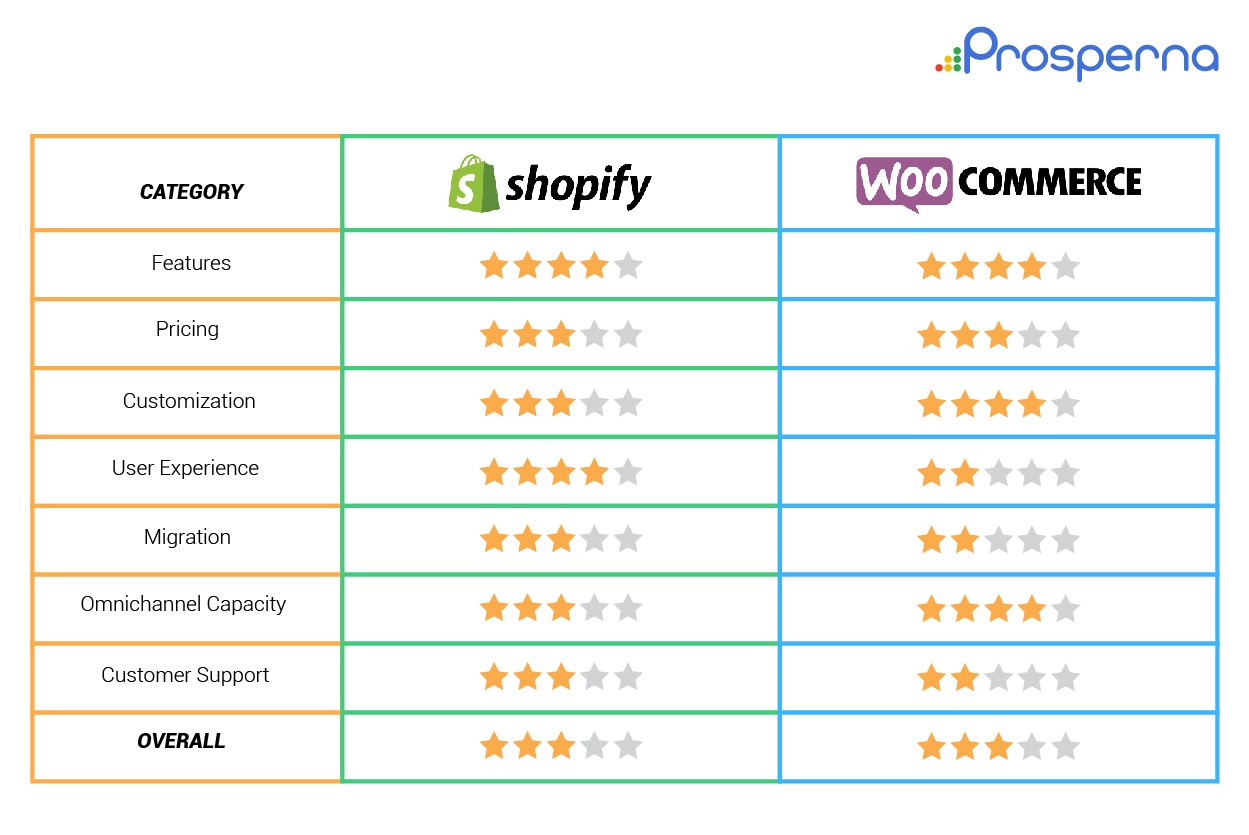
Use Shopify If:
- You want to launch an online store by yourself, and fast.
- Your products are simple and low-maintenance.
- You don’t mind the additional fees charged to your buyers and the commission fees you have to pay for every sale.
- You want your physical store integrated with your online store.
Use WooCommerce If:
- You already run a WordPress website, just install the plugin.
- You are familiar with the WordPress interface and source code.
- You can cope by yourself or without active customer support.
- You need flexibility and control over what to sell.

Conclusions
Don’t limit yourself.
There’s a lot of website builders out there.
But if you insist, here’s an easy-to-digest summary of the “Shopify VS. WooCommerce” comparison.

You can still refer to our questions whenever considering and comparing other platforms to use, not just Shopify VS. WooCommerce.
- Are there services offered with both website and online store features?
- Do you have a pricing plan for different budget ranges?
- Up to what extent is customization possible?
- How is the user experience?
- Is it easy to migrate from a listing platform or marketplace?
- Is there integration between the online store and other sales channels?
- Does the website builder cater to all industries?
- Is customer support available and responsive?
- What are the user ratings for these services?
At Prosperna, we ALWAYS put the Customer FIRST. This is why we designed a marketing and sales platform specifically for growing companies in the Philippines, that allows them to compete at a local and global scale.
With the help of an omnichannel website, integrated on social media and leading marketplaces, even YOU can become a successful professional and business.
